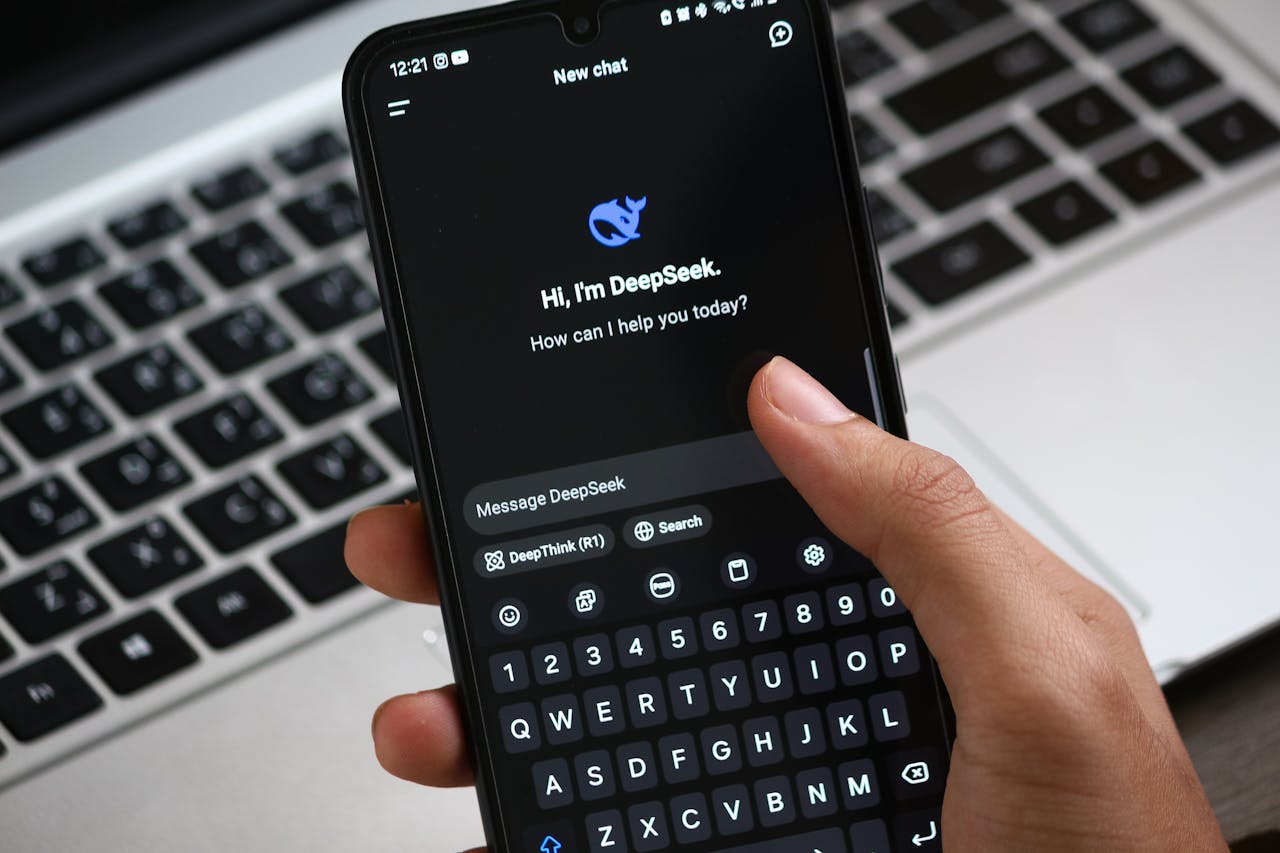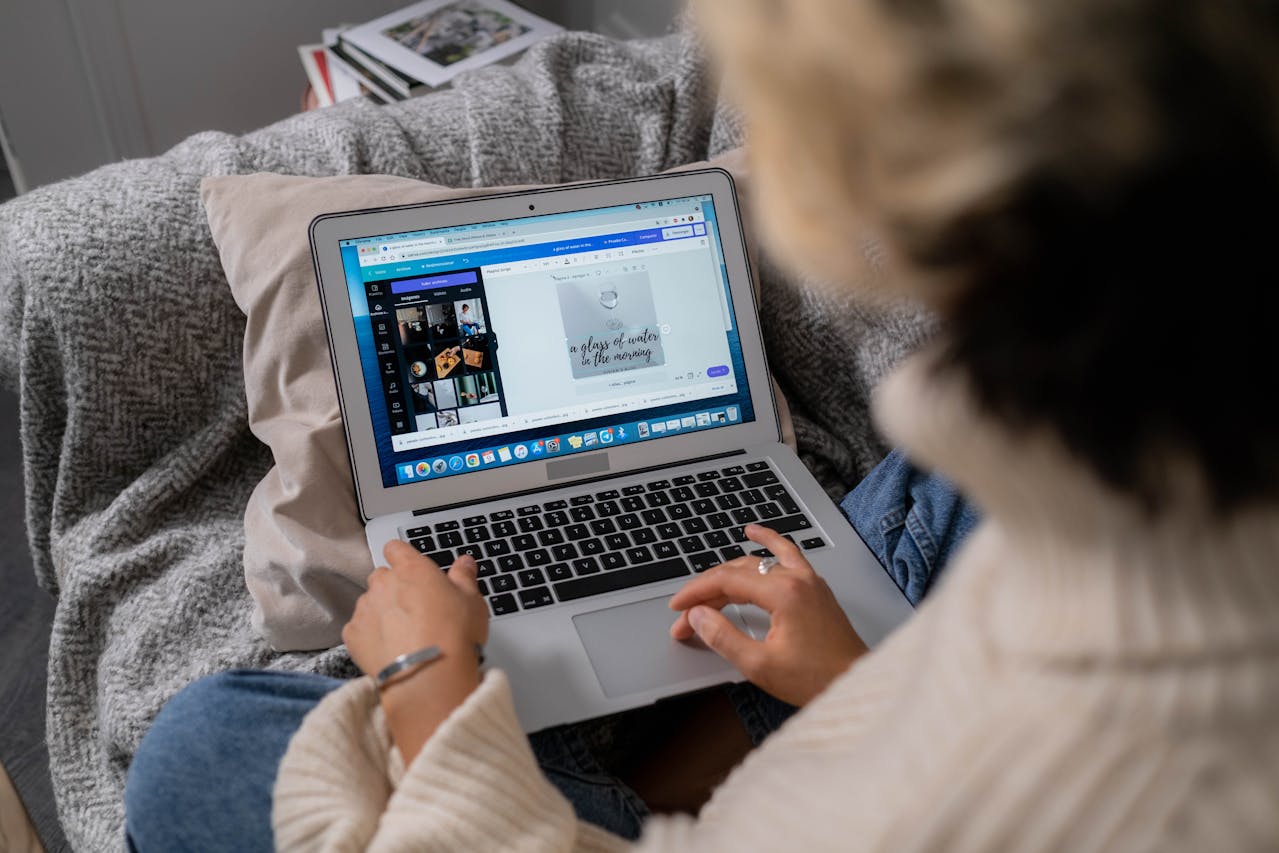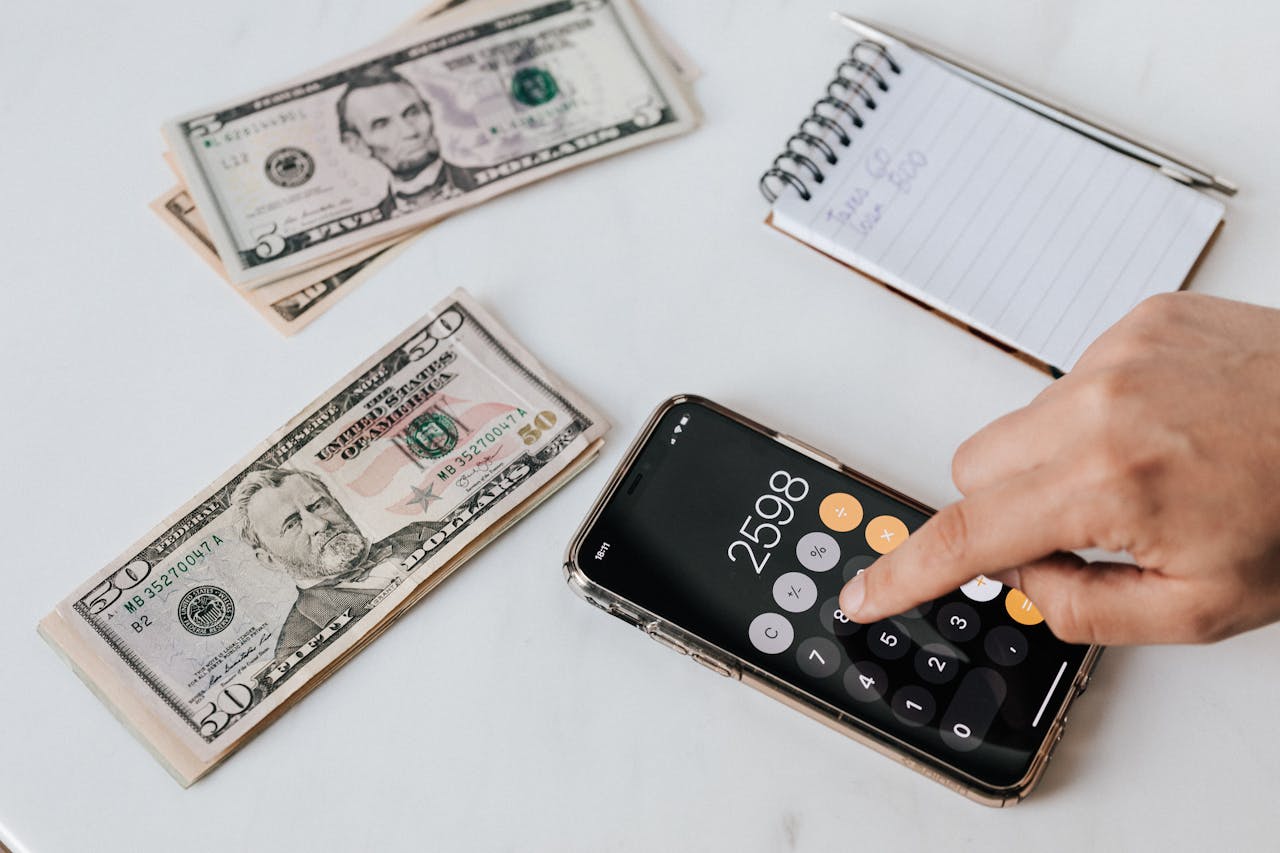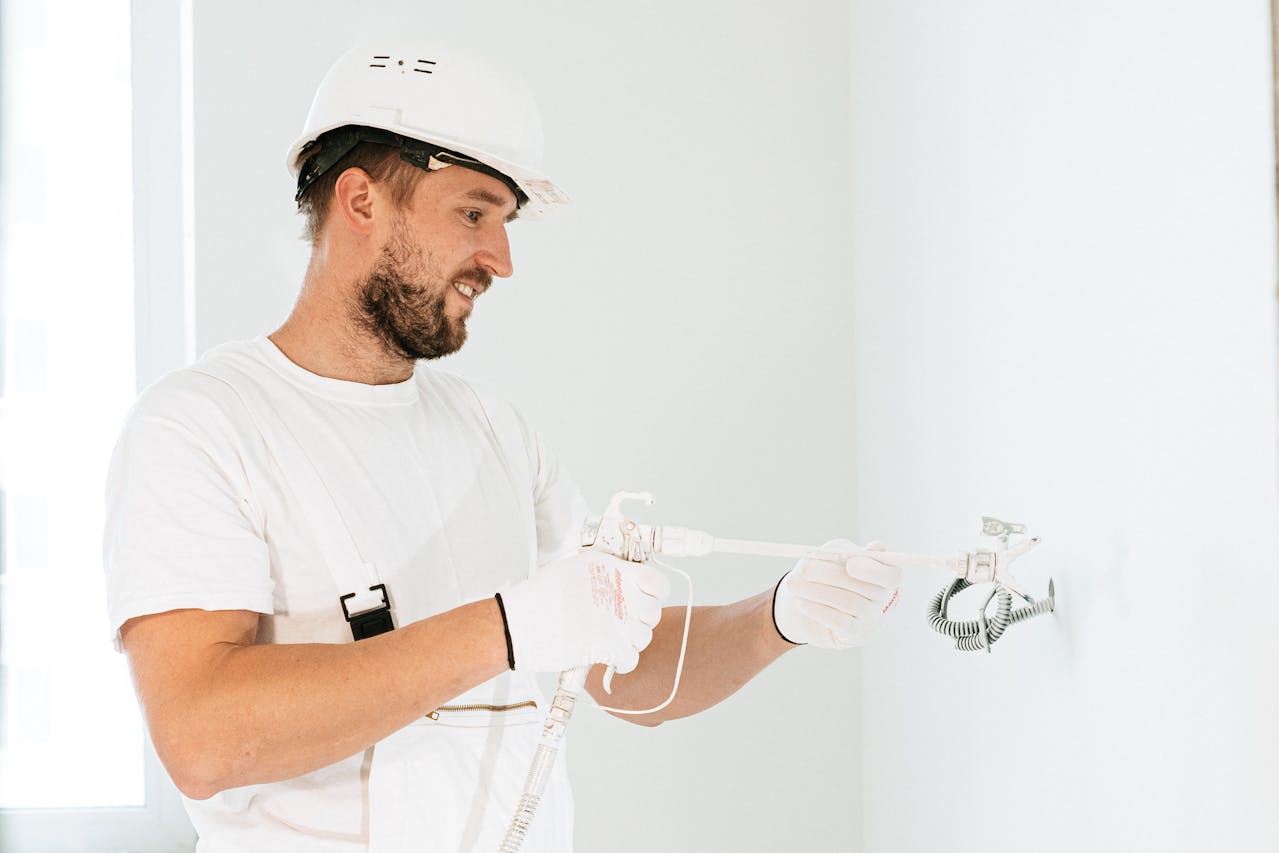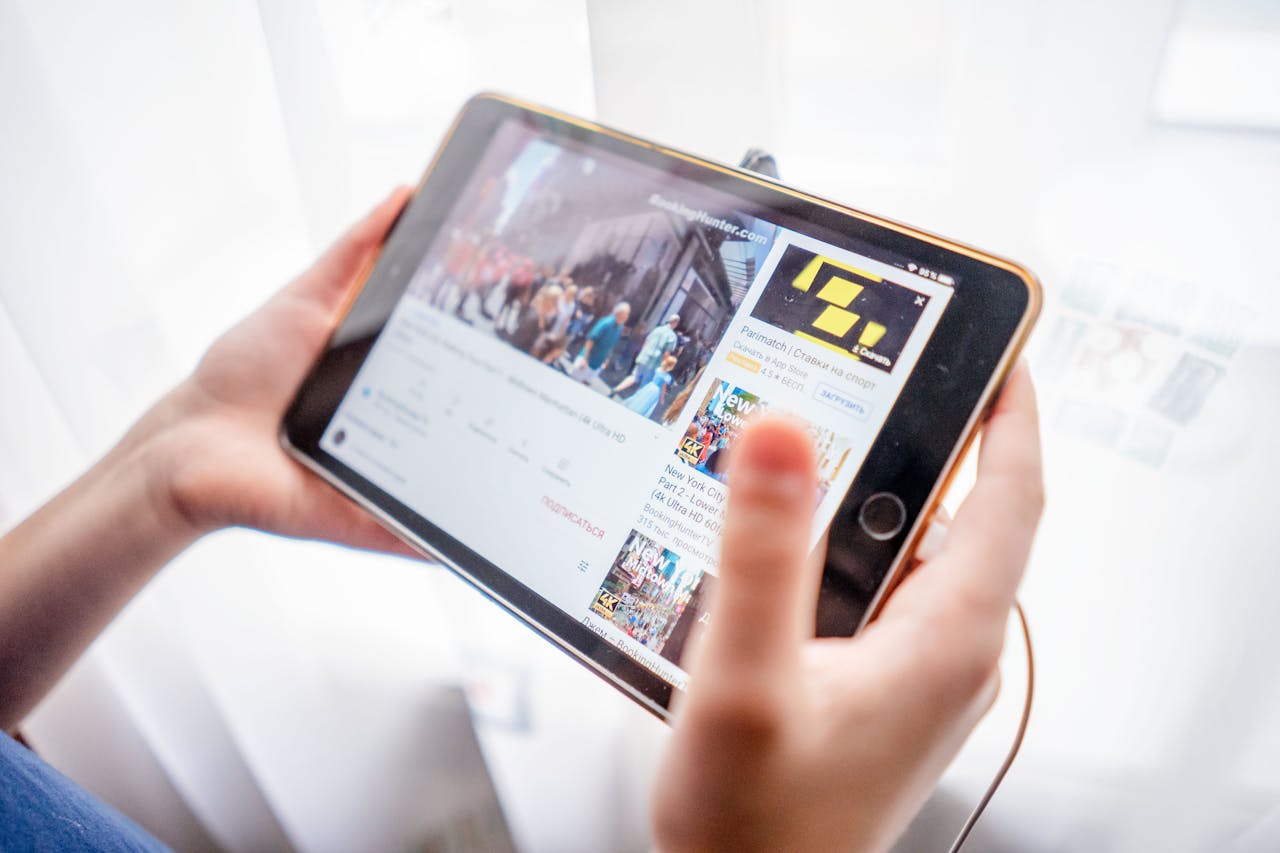Spending Smart Isn’t Always Spending Less
In today’s world, most people associate “saving money” with spending less or buying the cheapest version of a product. But that’s often short-sighted. The truth is, there are plenty of things that seem expensive but save money over the long run.
From household essentials to health investments, some of the best ways to save money involve spending more upfront for greater savings later. In this guide, you’ll discover over a dozen real-life examples and trending strategies that prove the old saying: “Buy cheap, buy twice.”
1. High-Quality Shoes and Clothing
Why It Seems Expensive:
A $200 pair of leather boots or a $100 pair of jeans may seem like a luxury.
Why It Actually Saves You Money:
Cheap clothes and shoes wear out quickly. You end up spending more over time replacing low-quality items than you would by investing in durable, well-made pieces that last for years.
Real Example:
- Cheap sneakers: $40, replaced 3x/year = $120/year
- Durable sneakers: $120, last 3+ years = $40/year
Bonus:
Quality shoes improve posture, reduce back pain, and may reduce medical expenses.
2. Electric or Hybrid Vehicles
Why It Seems Expensive:
Electric cars often come with a higher purchase price compared to gas-powered cars.
Why It Actually Saves You Money:
- Lower fuel costs: Electricity is cheaper than gasoline.
- Minimal maintenance: EVs don’t need oil changes or traditional engine repairs.
- Tax credits and incentives: In many countries, buying an EV can qualify you for government rebates.
Long-Term Benefit:
Owning an electric vehicle can save you up to $1,000–$2,000 annually in fuel and maintenance costs.
3. Home Insulation and Smart Thermostats
Why It Seems Expensive:
Professional insulation can cost hundreds or even thousands. Smart thermostats like Nest cost around $200.
Why It Actually Saves You Money:
- Reduces heating/cooling costs by up to 30% annually
- Makes your home more energy-efficient and comfortable
- Pays for itself within 1–2 years in utility savings
Fact: According to the U.S. Department of Energy, insulating your attic can save 10–50% on heating bills.
4. Reusable Products (Bottles, Bags, Razors, etc.)
Why It Seems Expensive:
Reusable items like stainless steel water bottles or silicone food bags can be 10x the price of disposable ones.
Why It Actually Saves You Money:
They eliminate recurring purchases. Over time, you save hundreds by not buying:
- Plastic water bottles
- Ziplock bags
- Paper towels
- Disposable razors
Example:
- Reusable razor = $30
- Disposable razors (monthly) = $5 x 12 = $60/year
10 Simple Ways to Reduce Waste – Environmental Protection Agency (EPA)
5. Quality Mattresses and Pillows
Why It Seems Expensive:
A high-end mattress can cost $1,000–$2,000.
Why It Actually Saves You Money:
- Better sleep improves productivity
- Reduces health issues like back pain, insomnia, and stress
- Lasts 8–10 years
Poor sleep has been linked to more sick days and lower performance at work—which costs you money in the long run.
6. Routine Dental Checkups and Healthcare
Why It Seems Expensive:
Preventive healthcare and dental cleanings feel optional if you’re not in pain.
Why It Actually Saves You Money:
Catching issues early prevents expensive procedures later.
Example:
- Dental cleaning = $100
- Root canal = $1,000+
- Emergency surgery = potentially $10,000+
Preventive care helps you avoid massive medical bills—and maintains your long-term health.
7. Professional Financial Advice
Why It Seems Expensive:
A session with a certified financial planner can cost $100–$300.
Why It Actually Saves You Money:
A financial advisor helps you:
- Build a budget
- Manage debt
- Invest wisely
- Save for retirement
- Reduce tax liability
A single strategy (like tax-loss harvesting or refinancing debt) can save thousands per year.
8. Meal Planning & Cooking Tools
Why It Seems Expensive:
Buying an Instant Pot, air fryer, or high-quality knives can cost $100–$300 upfront.
Why It Actually Saves You Money:
You’re more likely to cook at home, reduce food waste, and skip expensive takeout.
Real Impact:
- Takeout meal: $15
- Homemade meal: $3–$5
- Monthly savings: $200+ if you avoid ordering out just 3x/week
9. A Gym Membership (If You Use It)
Why It Seems Expensive:
$30–$100/month can feel like a lot, especially if you’re budgeting.
Why It Actually Saves You Money:
Improved physical health leads to fewer sick days, fewer medications, and long-term healthcare savings.
Plus: Better mental health and productivity = higher income potential.
If gyms aren’t your thing, even investing in a $200 home workout setup (dumbbells, mat, resistance bands) can yield great returns.
10. Buying in Bulk (Smartly)
Why It Seems Expensive:
Spending $200 at once for bulk household items feels like a lot.
Why It Actually Saves You Money:
You pay less per unit and reduce trips to the store.
Best bulk items:
- Toilet paper
- Pasta, rice, beans
- Cleaning supplies
- Soap and shampoo
Pro Tip: Avoid bulk-buying perishables unless you can freeze or preserve them.
11. Subscription Services (When Used Wisely)
Why It Seems Expensive:
Monthly subscriptions add up fast—especially when unused.
Why It Actually Saves You Money:
Some subscriptions replace more expensive alternatives. Examples:
- $10/month Spotify vs. buying songs
- $15/month Netflix vs. cable or movie tickets
- $15/month meal planning app vs. impulse takeout
Pro Tip: Cancel unused subscriptions quarterly to avoid “subscription creep.”
12. Solar Panels (Long-Term Savings)
Why It Seems Expensive:
Installation can cost $10,000–$20,000 upfront.
Why It Actually Saves You Money:
Reduces or eliminates your electricity bill. In many areas, excess energy is sold back to the grid.
Average ROI: Solar systems pay for themselves in 7–10 years and save up to $30,000 over their lifespan.
13. Education and Online Courses
Why It Seems Expensive:
Spending $50–$500 on an online course feels risky.
Why It Actually Saves You Money:
New skills = higher income potential. Courses can lead to:
- New careers
- Promotions
- Side hustles
Platforms like Coursera, Udemy, and LinkedIn Learning make skill-building affordable and accessible.
14. Buying a Bike or Using Public Transport
Why It Seems Expensive:
A good-quality bike can cost $400–$1,000.
Why It Actually Saves You Money:
If you bike to work or use transit:
- No gas expenses
- No parking fees
- Less car maintenance
Bonus: Physical health benefits reduce long-term healthcare costs.
15. Owning a Pet (With a Budget Plan)
Why It Seems Expensive:
Pet food, vet bills, and accessories add up.
Why It Actually Saves You Money:
Studies show that pets reduce stress, anxiety, and depression—which can lead to lower healthcare spending and improved well-being.
Pro Tip: Adopt from shelters, and buy pet supplies in bulk to reduce costs.
Final Thoughts: Spend More to Spend Less?
The next time you’re about to pass on something because it “costs too much,” ask yourself:
- Will this last longer than a cheaper alternative?
- Will this reduce future spending or problems?
- Will this improve my health, income, or productivity?
If the answer is yes, then it’s not a cost—it’s a smart investment.
By recognizing the value of things that seem expensive but save money, you’ll build a lifestyle that’s both financially savvy and sustainable.


